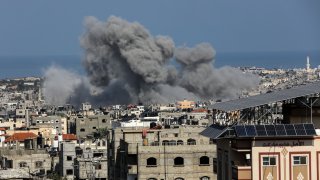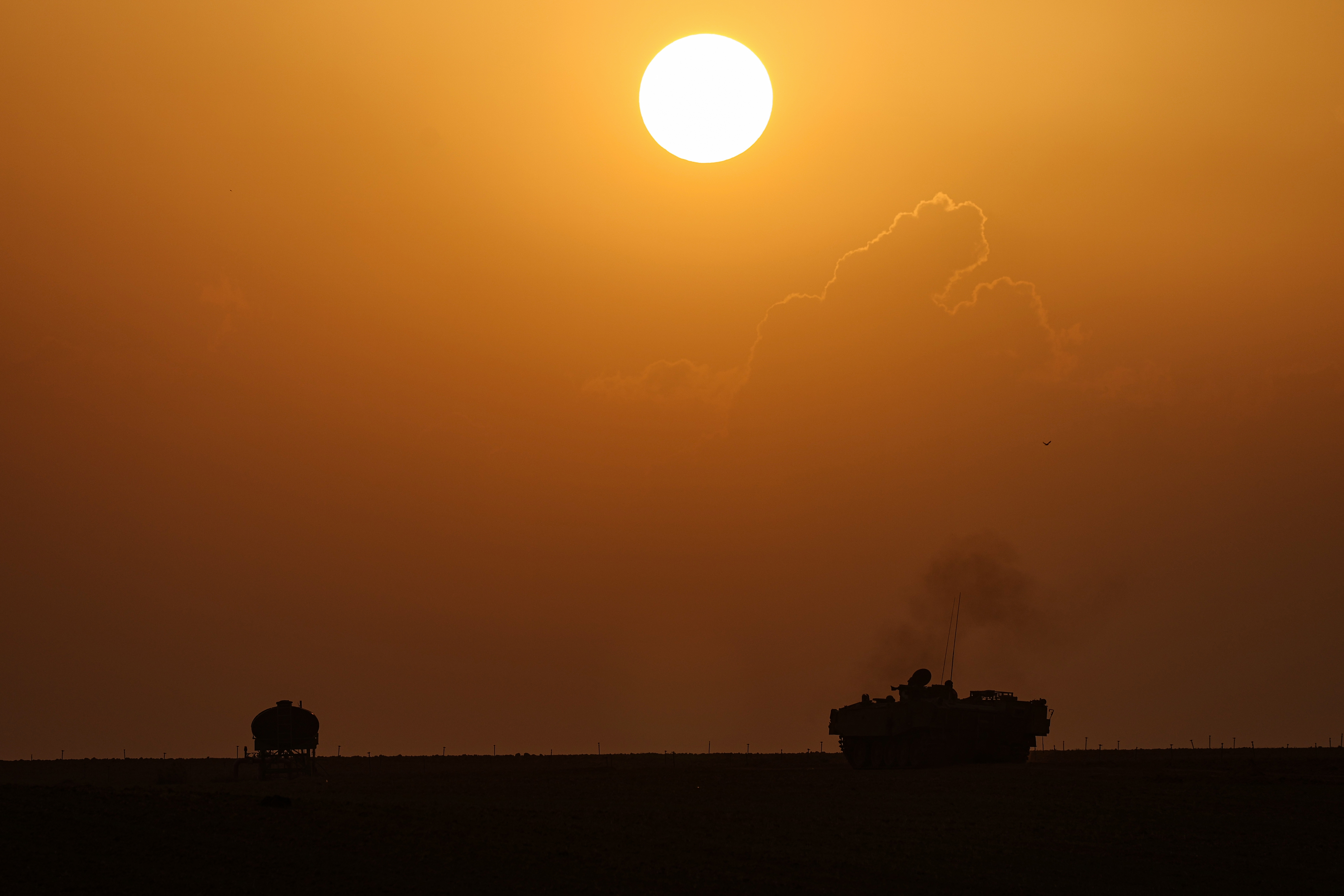IAN PARMETER

The 19th-century German war strategist and field marshal Helmuth von Moltke famously coined the aphorism “No battle plan survives first contact with the enemy.” His observation might well be applied to the tragedy in Gaza.
Three months after the current conflict began, civilians have borne the brunt of the violence on both sides, with the deaths of more than 22,000 Palestinians in Gaza and 1,200 Israelis. Some 85% of Gazans have also been displaced and a quarter of the population is facing a famine, according to the United Nations.
The conflict still has a long way to run and may be headed toward stalemate. From a geopolitical perspective, here’s where the main players stand at the start of the new year.
Israel: limited success …
Israel has so far failed to achieve either of its primary war aims: the destruction of Hamas and freedom for the remainder of the 240 Israelis taken hostage on October 7.
Hamas fighters continue to use their tunnel network to ambush Israeli soldiers and are firing rockets at Israel, albeit in much lower volumes: 27 were fired at the start of the new year, compared with 3,000 in the first hours of the conflict on October 7.
There are still around 130 Israelis being held hostage, and only one hostage has been freed by the Israel Defense Forces (IDF), as opposed to releases arranged through Qatari and Egyptian mediators. Israeli society is divided between those who want to prioritize negotiations to release the hostages and those who want to prioritize the elimination of Hamas.
Israel achieved an important symbolic success with the apparent targeted killing of Hamas deputy leader Saleh al-Arouri in Beirut on January 2. Though Israel has not formally claimed responsibility, there is little doubt it was behind the killing.






